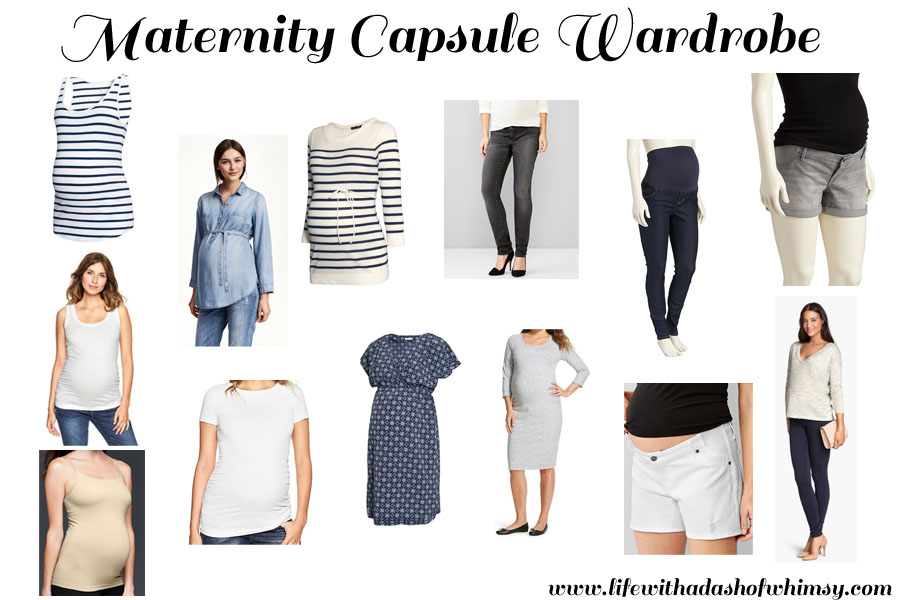Pregnancy brings many exciting changes, and one of the most noticeable is how your body grows and adapts. As this happens, everyday clothing can start to feel restrictive or uncomfortable. That’s where maternity clothes come in. These garments are specially designed to support women during pregnancy, offering both comfort and style at a time when it’s most needed.
Maternity wear is more than just bigger sizes of regular clothing. These pieces are tailored to fit a changing body, providing room for growth while maintaining comfort and mobility. By focusing on support, maternity clothing helps expectant mothers feel confident throughout all stages of pregnancy and even into postpartum recovery.
The difference between standard fashion and maternity wear comes down to the thoughtful design elements. Some of the most common features include:
- Stretch fabrics and adjustable waistbands that expand as your bump grows.
- Extra room around the belly and bust, so clothing doesn’t feel restrictive.
- Nursing-friendly access in some tops and dresses, making them useful after birth.
- Breathable and soft fabrics that suit sensitive skin during pregnancy.
Modern maternity clothes combine these features with stylish designs, making it easier for women to enjoy fashion without sacrificing comfort.
Maternity jeans, leggings, and tops are staples for daily wear. These pieces are versatile, comfortable, and perfect for casual outings.
For professional or special events, maternity dresses and tailored separates provide a polished look while allowing freedom of movement.
Maternity bras, briefs, belly bands, and supportive leggings are designed to ease strain and provide gentle support where it’s most needed.
Comfort-focused pyjamas, robes, and lounge sets are ideal for relaxation at home and are often included in hospital bags for the big day.
Every woman’s pregnancy journey is unique, so there’s no set time when maternity wear becomes necessary. Many start noticing a need for more comfortable clothing between 12–16 weeks, while others may find regular clothes fit well into the second trimester. While simply sizing up in standard clothing might work for a short while, maternity-specific designs provide better support and longevity.
- Comfort: Specially made to adapt to your growing body.
- Support: Provides extra help around the belly, back, and bust.
- Style: Fashionable options mean you don’t have to compromise on your look.
- Practicality: Many items can be worn during pregnancy and after birth, especially nursing-friendly pieces.
Do I really need maternity clothes?
Yes, while you can size up in regular clothes for a short time, maternity wear offers better comfort, fit, and support.
What size maternity clothes should I buy?
Most maternity brands recommend choosing your pre-pregnancy size, as the garments are designed to grow with you.
Can I wear them after pregnancy?
Absolutely. Many styles are made to transition into postpartum wear, especially those with nursing features.
How many maternity outfits do I need?
It depends on your lifestyle, but a few basics like jeans, leggings, tops, dresses, and comfortable sleepwear can take you through most occasions.
What fabrics are best for maternity clothes?
Soft, stretchy, and breathable fabrics such as cotton blends are ideal for comfort and ease of movement.
Maternity clothes play a vital role in helping expectant mothers feel comfortable, supported, and stylish as their bodies change. With designs that adapt through every stage of pregnancy and beyond, they provide long-term value while making everyday life more enjoyable. Whether you’re shopping for basics, workwear, or special occasions, maternity wear is a worthwhile investment for your journey into motherhood.
